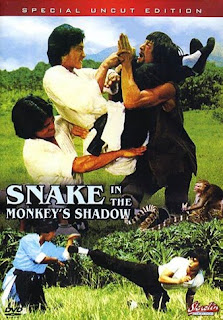The more we hear this piece, the more we hear a before and after story about ensemble playing.
There is one approach to the ensemble at the beginning, one where the melody is owned collectively. The ensemble rolls for foaty seconds w/ the 4 piece rhythm section, making a deep bottom. It's all for one.
Then there's a cornet/banjo break, followed by the clarinet/banjo break, really just set ups for the drama of the big pops solo moment that gets all of the attention. (Johnny Dodds squallers his response in contrast to Pops' first break, which is short, dynamic and versatile, and we don't knock it, but because it comes after, it sounds like he's just trynta shout over Pops' imagination, especially in the first two or three bars of his second run through of the chorus.)
And we don't argue the fact that from about a minute and fifty to about two and thirtyfive, pops the soloist is all there is, maybe all there is in the universe -- Emerson's transparent eyeball. We all already know that that's why we call him Pops: he fathered the 20th century by being all of it and by giving it all of his being. So when Ted Gioia or Terry Teachout* make their appropriate and now canonical claim that this is the moment when he's 'venting modern jazz, they are stating a matter of fact.
But our attention is drawn to the one for all final chorus, the last 25 seconds of the song. The melody is reframed, and it makes a new sense, not because of the solo runs leading into it; they are just drama. Rather because Pops owns the whole thing and the ensemble is hanging in w/ his every not making groove groove, making the song really sing.
We're not certain this is modern vs. old NO any more than it is Pops vs. the band. We think it goes a different way. We think Hot 7 had to make a song out of those solo choruses, a song w/ enough drama to take back the hearts and minds of the audience after the solos. And in this case they did so by exceeding themselves as soloists, as difficult as that may seem in hindsight.
We also think this is part of the essential knowhow that Pops brings to the game when he is on his best. He uses the solo and the ensemble, the one for all and all for one, to great dramatic purpose. We don't need to strum our fingers over the body of his work. We just need to press play on "Struttin' with Some Barbecue." It is a scientist's simple lesson on the interplay between individual and group making the most memorable drama.
Take it. Take it.
- "Potato Head Blues," Louis Armstrong and His Hot Seven (1927).
-----------
* "However 'Potato Head Blues' came to be, it is one of the greatest solos recorded by a jazzman, a landmark of modern music that long ago achieved iconic status, both music and cultural."



